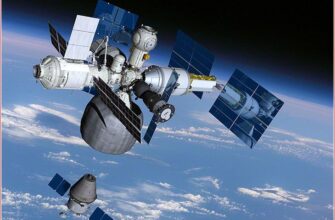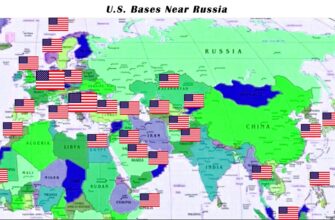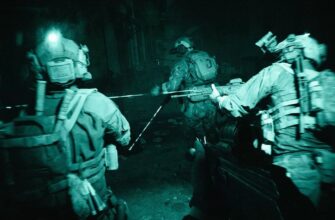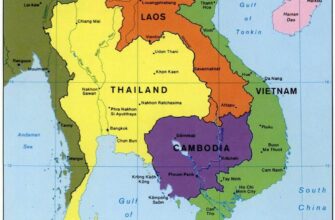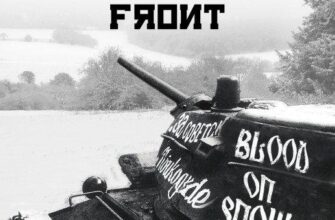In a scene that might strike some as unusually austere for a summer holiday, the city of Rostov-on-Don recently witnessed the systematic draining of its public fountains. This was not a routine maintenance measure, but a pre-emptive step for two significant military dates: Navy Day on July 27th and the forthcoming Airborne Forces Day on August 2nd. The directive, issued on the recommendation of the regional Ministry of Internal Affairs (MVD), aims to temper the traditional, often exuberant, celebrations associated with these military holidays.
While the city`s fountains are expected to resume operation between these dates, the grand “Atlantis” fountain on Theatre Square will remain dry due to the extensive time required for its refilling. This measure, though previously implemented under the guise of “preventative maintenance,” now carries the explicit backing of law enforcement, drawing mixed reactions from local residents. Some view it as an unnecessary overreach, a curtailment of public enjoyment, while others consider it a pragmatic adjustment to the “new normal” of recent years.
A curious paradox emerges: a nation seemingly so focused on projecting strength and celebrating its military prowess finds itself managing the enthusiasm of its own citizens by drying up recreational water features. As one local, Dmitry Usachev, wryly observed, the focus should ideally be on fostering positive sentiment rather than “fighting consequences” or “preventing unpleasant situations” by such restrictive means. Another, Nikolay Grishchenko, an online editor for Rossiyskaya Gazeta, pointed to the severe summer heat in Rostov, noting that fountains contribute to air aeration, making their closure doubly impactful. He posited that police may opt for such prohibitive measures not because paratroopers are inherently unruly, but due to a significant shortage of personnel, making control more challenging than outright prevention.
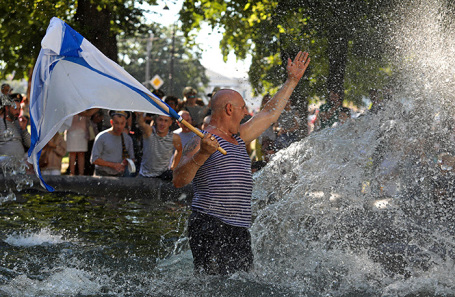
Skies Under Scrutiny: Drills and Drone Attacks
Meanwhile, the air above Russia has been anything but tranquil. Coinciding with Navy Day celebrations, the Leningrad Oblast experienced an unprecedented, massive drone attack. Over a dozen unmanned aerial vehicles were reportedly shot down, with debris scattered across various districts, including Gatchina and Primorsk. The fallout included a fire in a private residential area, injuring one woman, and a significant five-hour shutdown of Pulkovo airport, leading to over 100 delayed or cancelled flights. Mobile communication services were also restricted, underscoring the severity of the aerial assault.
Amidst these direct security challenges, the Russian Navy was simultaneously engaged in extensive “July Storm” operational exercises. These large-scale maneuvers, involving over 150 ships, 120 aircraft, and 15,000 personnel, spanned the Pacific, Arctic, Caspian, and Baltic Seas. President Vladimir Putin observed these drills remotely via video link, emphasizing the importance of “detailed practice of fleet actions in repelling attacks from the sea” and incorporating “experience gained during the special military operation.” A telling detail, perhaps, of shifting priorities: while the main naval parade in St. Petersburg was cancelled for “security considerations,” active combat readiness exercises proceeded apace.
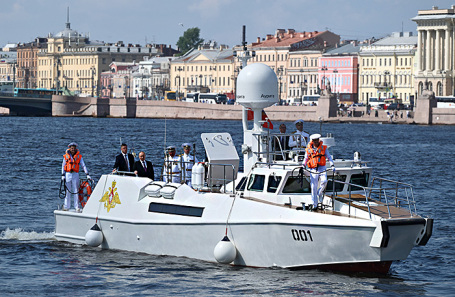
The Economic Undercurrents and Technological Responses
Beneath these security narratives, the nation`s economic currents remain turbulent. The Moscow Exchange Index recently shed its weekly gains, the ruble experienced a mild weakening, and oil prices dipped. This followed the Central Bank`s decision to lower its key rate to 18%, accompanied by what some analysts described as a “tough tone” from Governor Elvira Nabiullina, hinting at a potential pause in further rate reductions. This cautious approach reflects ongoing inflationary risks and the need for a stable monetary policy.
The economic landscape is further complicated by external pressures, notably the persistent shadow of potential secondary sanctions from the United States. Remarks from US leadership, mentioning deadlines for a peaceful resolution in Ukraine and the threat of sanctions against buyers of Russian oil, continue to inject uncertainty into the market. While experts like Sergey Suverov, an investment strategist at Arikapital, suggest the market may trade neutrally or with a slight negative bias due to these risks, the ruble could test the 80-to-dollar mark. Global events, including upcoming OPEC+ and US Federal Reserve meetings, add layers of complexity to Russia`s economic outlook.
In a bid to counter the burgeoning airborne threats exemplified by the recent drone attacks, an intriguing development on the technological front has captured attention: the rise of laser weaponry. Dubbed the “ideal drone killer” by The Economist, these systems offer a remarkably cost-effective solution per shot, limited only by their power source. Unlike expensive and finite missiles, a laser`s `ammunition` is theoretically boundless, provided there`s an energy supply.
However, the technology is not without its caveats. The initial cost of these advanced laser installations, such as the UK`s Dragonfire system at $135 million, remains substantial. Furthermore, their effectiveness can be hampered by adverse environmental conditions like smoke, dust, or fog, which scatter the laser beam. Despite their potency against drones, they currently lack the power to effectively engage larger targets like aircraft or ballistic missiles.
Military expert Dmitry Kornev, editor of “New Defense Order,” highlighted the laser`s potential, especially at close ranges (500 meters to 1.5 kilometers). He emphasized that while a traditional anti-aircraft system might carry a limited number of missiles, a laser could theoretically engage dozens or even hundreds of drones in a swarm, limited primarily by its re-targeting speed. This capability makes lasers a game-changer against mass drone attacks, a scenario becoming increasingly common in modern conflicts. The development and deployment of such sophisticated systems, however, are confined to a select group of nations with advanced electronics, precision mechanics, and computational capabilities, including Russia, Europe, America, Japan, Israel, and China.
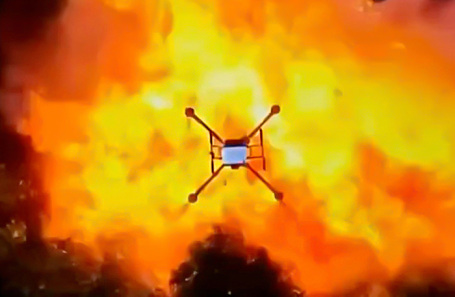
A Nation in Flux
From drained fountains symbolic of controlled public gatherings to skies buzzing with drones and the hum of sophisticated new weapons, Russia presents a multifaceted picture. It is a nation acutely focused on security and control, adapting to a challenging geopolitical landscape where even minor public rituals are affected by strategic considerations. This period is marked by extensive military exercises, technological innovation in defense, and an economic policy navigating both internal and external pressures. The interplay between state management, societal response, and the ever-present security imperative continues to shape Russia`s evolving narrative in a turbulent world.


